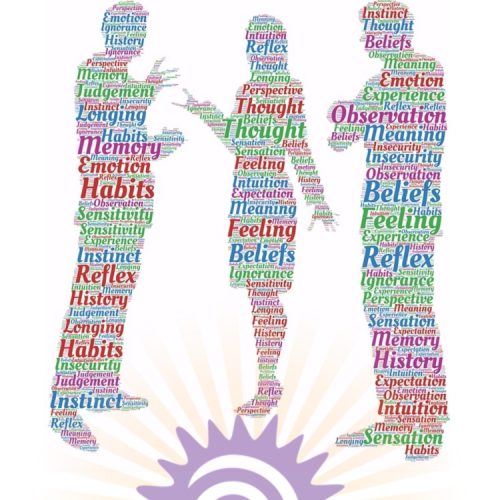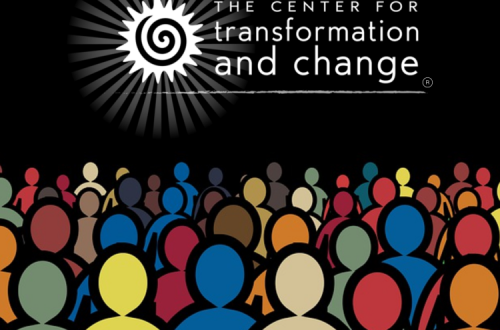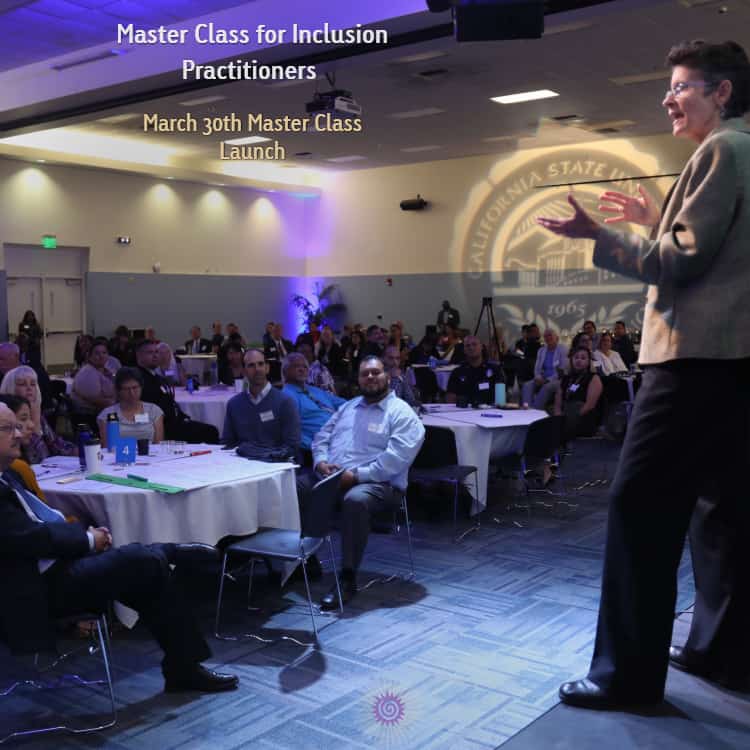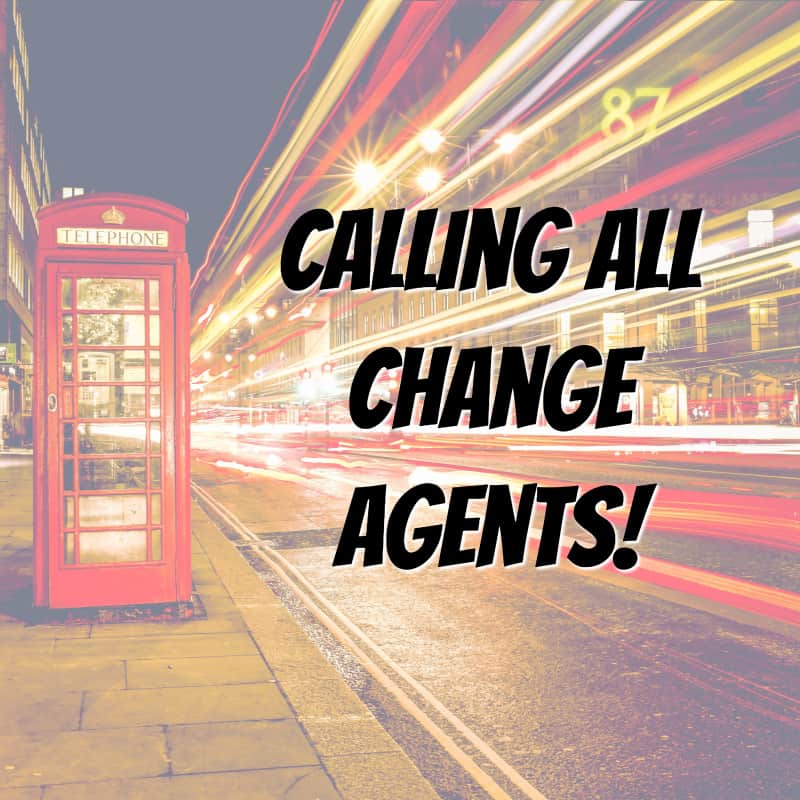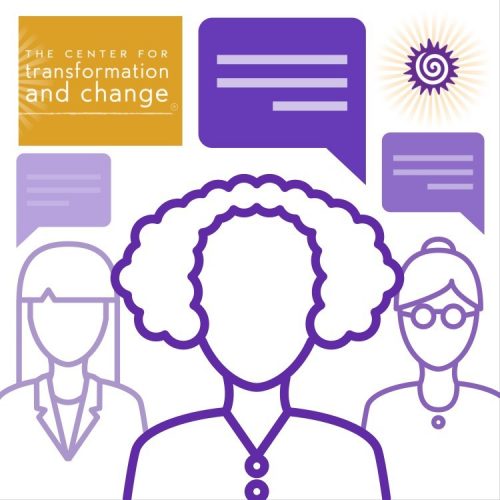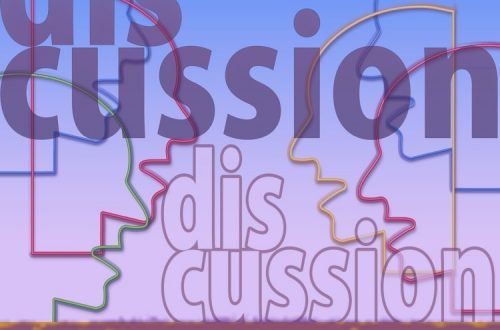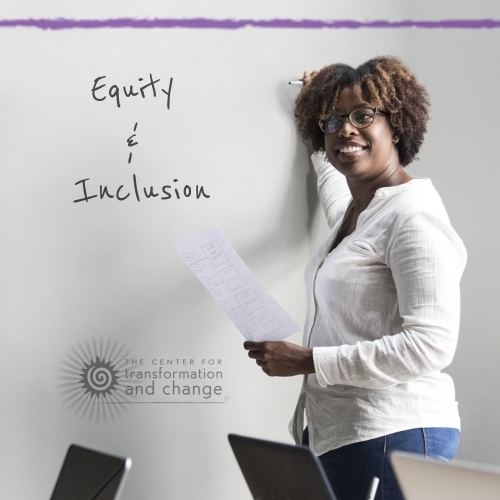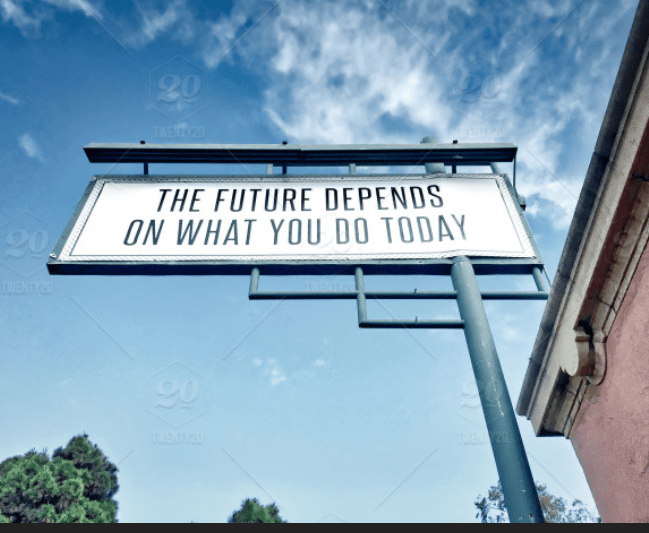Professional Development
-
Effectively Closing An Emotionally Charged Session
I know you’ve been there. You presented a workshop where participants were actively engaged and sharing – so much so that when it was time to close the session, you sensed an overwhelm of unchecked emotions in the room. Can you relate? I’ve been there, too. You can’t expect participants to simply exit the room and resume their day, as if nothing happened after discussing sensitive and upsetting topics. So, effectively plan the last 10 or 15 minutes of your session – allow people time to gather their emotions and feelings so that they can move forward. Moving them forward moves them towards deeper introspection and a sense of…
-
Workplace Conflict? How to Overcome Challenging Situations
Are you miserable at work? Fed up with workplace conflict that undermines morale and lowers productivity? Frustrated because the same old issues keep pushing your buttons – and you find yourself reacting the same old way? I can almost hear the thundering chorus of “YES!” But guess what? You CAN overcome these problematic situations. In what’s become one of my most popular courses, Navigating Difficult Situations in the Workplace, I help you recognize your hot buttons and show you how to better respond – and to de-escalate triggering situations as they happen. See what you’ll learn and register right here. You won’t be hearing been-there, tried-that strategies…
-
How Dare You Say That! Dealing With Constructive Criticism
Okay. I’ll be the first to admit it: It’s easier for me to give people feedback than to receive it. And you’re responding, “Whew! Now I don’t feel so bad!” But constructive criticism is just that: constructive. Not personal attacks, not snarky comments, but constructive suggestions for improvement. And improvement in ourselves and in the world is something we all are seeking. “Whatever words we utter should be chosen with care for people will hear them and be influenced by them for good or ill.” – Buddha Giving And Receiving Feedback Across Vast Differences Most folks take constructive criticism very, very personally. Can you relate? When you’re training…
-
Summer Slowdown? Not at Your Organization!
No summer slowdown here! No matter what time of year it is, your organization can take steps to move towards a more equitable workplace, driving change that is both lasting and meaningful. Today, I’m sharing 5 simple tips to help you keep the momentum going this summer and beyond: 1. You Embrace Diversity. Your Organization Needs To Understand WHY. While your organization may have a mission statement that highlights a commitment to inclusion, employees need to know the ‘why’ and how it affects them. As a change agent, you know the value of an inclusive organization. Many of your employees may think it’s simply about “including everyone.” In training…
-
I Want to Speak Up at Work…But I Fear Retaliation
How many times I have heard that comment! Lots of Things Can Happen When Inclusion Training Starts I’ve worked for decades as an organizational change consultant, helping organizations to establish socially just environments where everyone feels valued and respected. Some days, my work feels almost like the dog-chasing-its-tail drama: Working to resolve one exclusionary situation can bring to life the ugly head of another issue. Revenge and retaliation always perpetuate the cycle of anger, fear and violence. -Coretta Scott King Once an organization steps up and begins inclusion training, many things can happen. While some earnestly attempt to overcome their exclusionary practices, others seem hell-bent on continuing their…
-
Bosses and Staff Together At Inclusion Sessions: Yes or No?
For many employees, honest discussion on many topics is inhibited when supervisors and bosses are present. Discussing discrimination and exclusion in the workplace can prove even more challenging when bosses – who have the power to hire and fire – are themselves the ones needing the most training on inclusion practices. So what’s the correct way to hold sessions? Include supervisors and not have full employee input? Or leave the bosses out even though you recognize they’re in need of discrimination and exclusion training as well? I prefer to include supervision and staff together. Here’s why. Differing Opinions on the Same Organizational Goal In a particular organization I worked with,…
-
When TMI Happens at a Training on Diversity, Equity & Inclusion
It happens sometimes. Your organization is committed to inclusion. Training sessions offer participants the opportunity to reflect, discuss and comment on exclusion and discrimination within the organization. And the dialogue is meaningful. Equity & Inclusion Trainings Can Be Intense But shortly after an intense sharing discussion, a participant expresses concern that they’ve shared a little too much. As a result, they may feel awkward, uncomfortable, nervous or even scared. Thinking that’s a problem? It doesn’t have to be. That negative feeling can serve as the basis for positive sharing. Openly admitting to feeling vulnerable oftentimes encourages others to admit to the same feeling – and authentic dialogue emerges. Establishing Authentic…
-
Feeling Excluded In Your Inclusion Efforts?
“Help! I feel like I’m the only one at my organization striving for equity and inclusion. I’m frustrated and drained.” Can you relate to those feelings of weariness? I know you can! I’ve heard similar statements repeated numerous times, and this topic popped up again in one of my recent Q&A sessions. You’ve got a handle around equity and inclusion, and you keep getting more requests to do diversity trainings…but it’s really not your job. The problem is that no one else is stepping up to the plate and you feel stranded in your efforts. Fortunately, there are ways to take the pressure off you while at the same time,…
-
You’ve been asked to train on equity & inclusion, but…
So, you’ve been asked to train on equity and inclusion, but there’s one small problem…you’ve never done it before! Eeeek…where do you start? A caller raised this great question during one of my recent Q&A sessions, and it’s one I hear a lot. There are a couple key steps that you can take, and I’m covering them below for you. Ready? Let’s go! Tip #1: Talk to your leaders about diversity and inclusion. Start by going back and chatting with the leaders or the person who asked you to do the equity and inclusion training. Ask them some basic questions like: Why do you want this training for our employees?…
-
Train the Trainer: Continuing Education is Key
As a facilitator, your role is very different from that of a teacher or educator. How so? Instead of providing information or giving your opinion, you’ll focus on asking lots of questions that help members of the group learn and deepen understanding from sharing their reflections, feelings and experiences. You may: Relate to what someone has shared Offer a bit about yourself to make a connection Encourage interaction and productive dialogue in the group Most importantly, the emphasis is on group members interacting with their peers. Specifically, you’ll: Bring as many different voices into the dialogue as possible Help share the air time equitably Encourage others to join in the…




